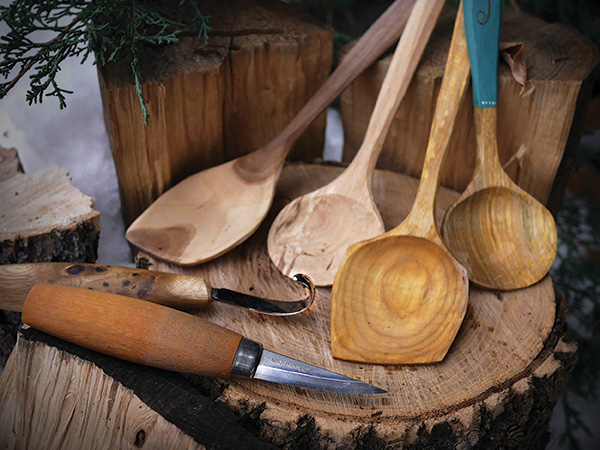
The Swedish word sloyd means handicraft, including making things from wood, metal, fabric, glass, clay, paper and just about any other natural material. But the term sloyd also more broadly represents a systematic approach to teaching and learning these skills.
Wood is harvested and cut into chunks or billets that are roughly the size of a spoon. Then material is removed, first with an axe followed by knives to reveal the finished spoon. You could just grab a piece of wood and a knife and start carving until you end up with a spoon, but you’ll get much better and consistent results when you have a deliberate plan.
Carving Learned Best in Person
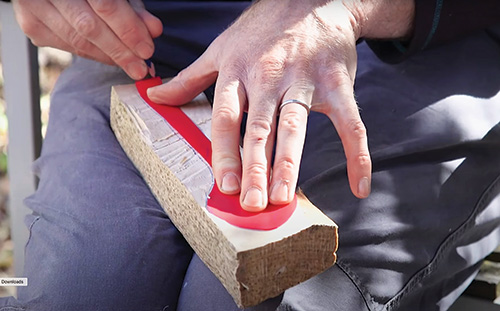
I recently spent the day with Erik Vevang, a builder and wood carver in Minneapolis. He and his wife Michele teach traditional Scandinavian carving techniques. I’ve carved a few spoons before, but my knowledge for those spoon projects came from books. It’s amazing how much faster and more effectively you learn, especially handcraft skills, when you are taught in person by someone with skill and experience.
It’s easiest to carve “green” wood, which is wood that is freshly cut and still has a lot of moisture content. This means you’ll be carving wood that is from your local area. In my neck of the woods, birch and fruit woods are most commonly used for carving spoons.
Erik first taught me several basic carving techniques. Each technique or grip is effective for different applications. Some are better for removing larger amounts of wood and others are intended for more delicate and detailed cuts. We practiced those techniques by carving a set of chopsticks. After all, how difficult could it be to carve two straight sticks? The first one wasn’t too difficult. The trick is making a second one that matches the first. If you’re new to carving, I recommend this exercise.
Axe First, Then Knives
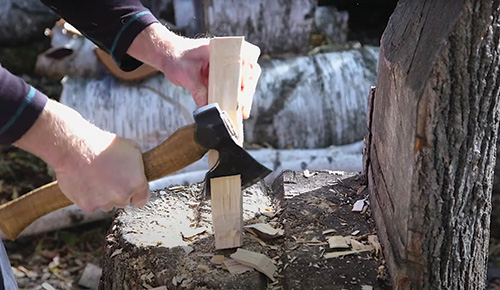
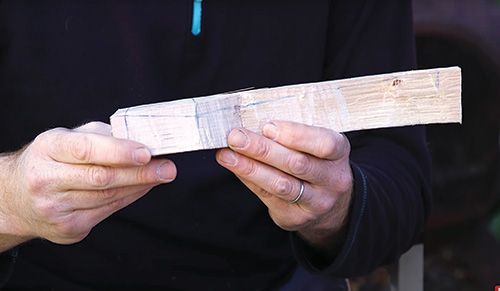
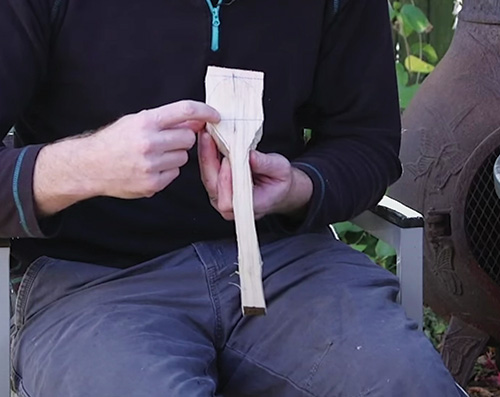
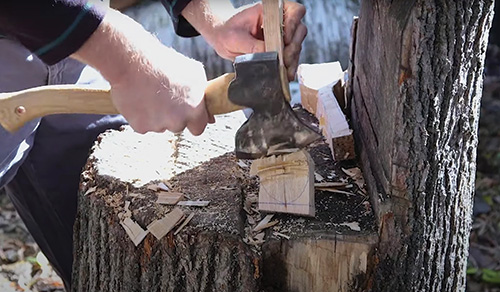
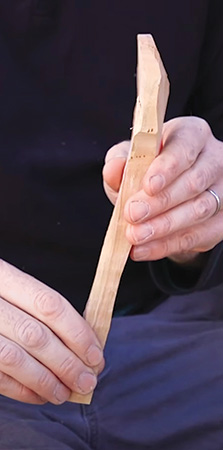
Then we moved on to carving a spoon. Erik traces a template of the spoon style he is making on the wood billet. He uses an axe to roughly carve the top view spoon shape. Then he draws the side view and location of the crank or bend in the spoon and carves to those layout lines. At this point he is done with the axe and has a spoon blank. Making these controlled cuts requires a small, sharp axe. He grips the axe near its head and uses short strokes to increase control. An easier way to cut out a spoon blank is with a band saw, but that’s not the sloyd way.
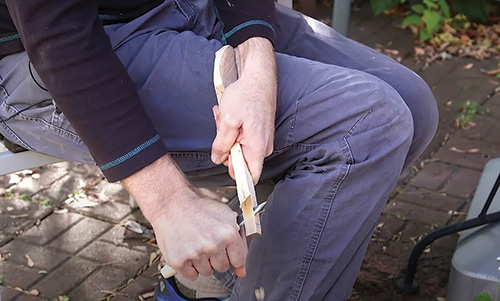
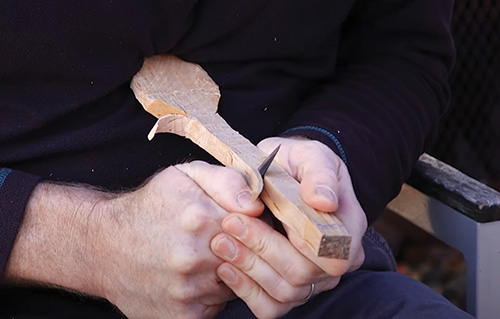
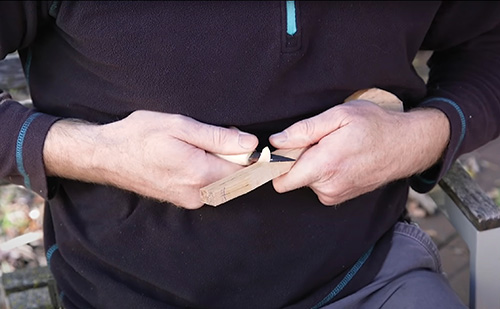
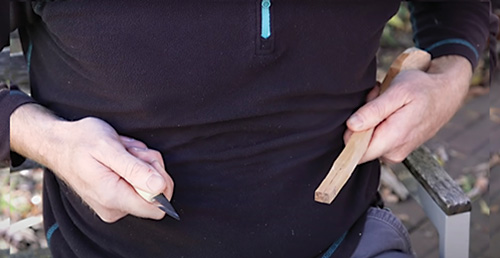
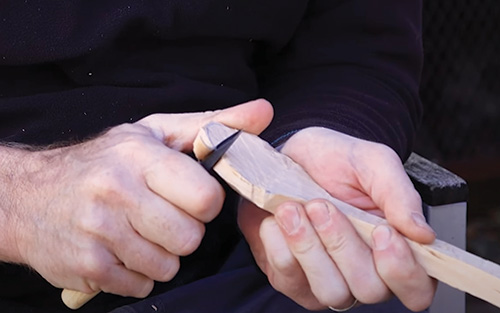
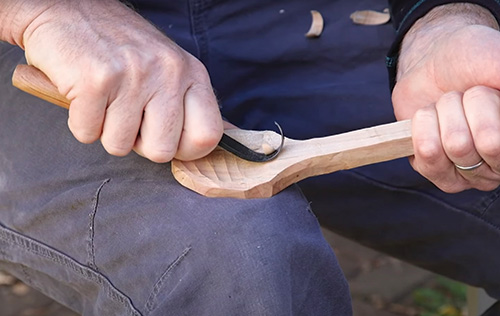
Erik follows a similar order of operations with the knife as he did with the axe, starting by carving the top view outline of the spoon. From there he moves to dishing out the bowl with a hook knife. It’s easiest to carve the bowl by working from the edges toward the middle. Next, he works on shaping the handle and back of the bowl. When he gets to the point that he feels the spoon is done, he sets it aside to dry for a couple of weeks. He returns to the dry spoon to make the final finishing cuts. It’s hard to remove a lot of material when carving dry wood, but it’s easier to make crisp and clean finish cuts at this point.
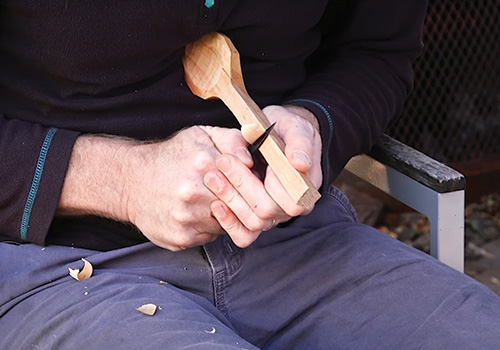
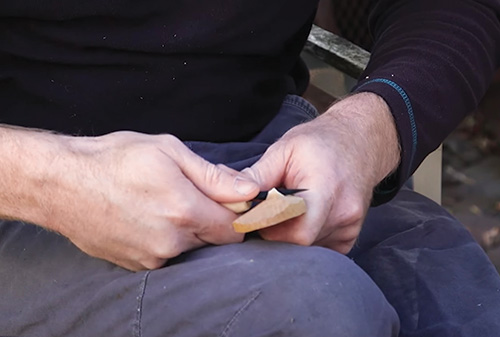
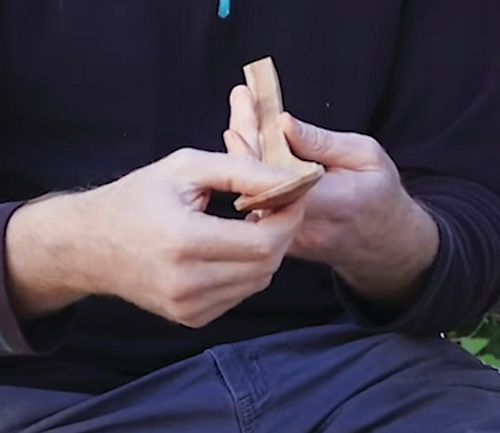
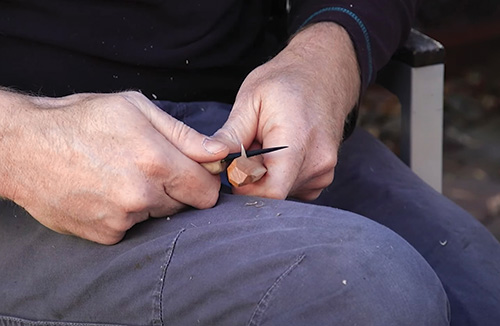
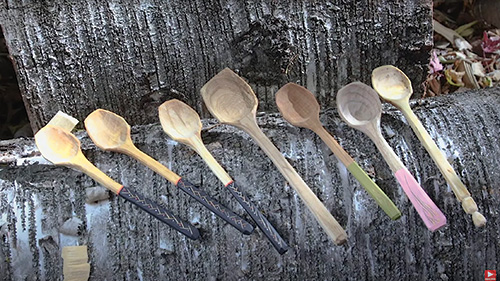
Erik’s style is to leave the crisp knife facets on the surface of the spoon. Others prefer to sand the surface smooth. You may also choose to paint the handle. The final step is to apply a simple wipe-on food-safe finish to the spoon, such as walnut oil, salad bowl oil, mineral oil or linseed oil.





